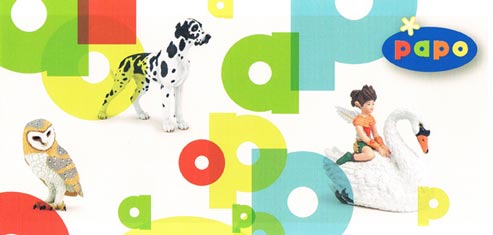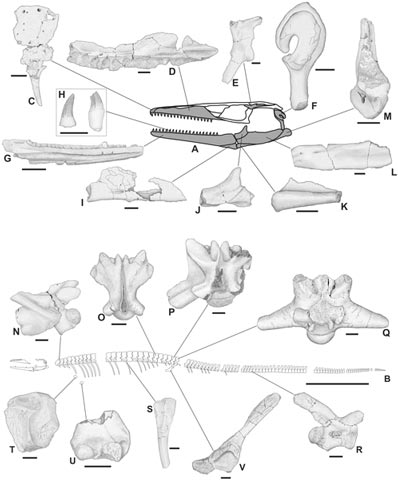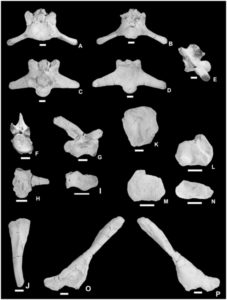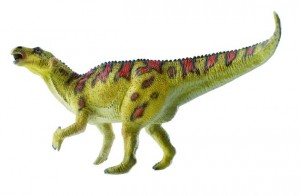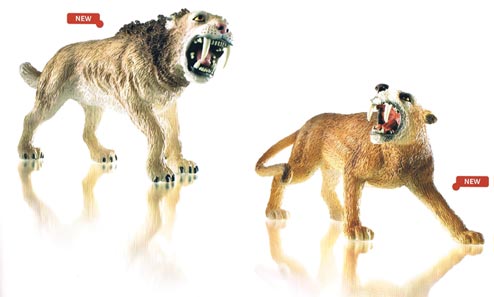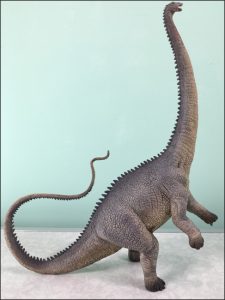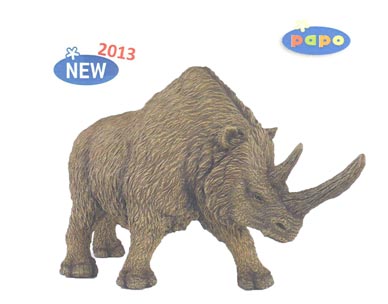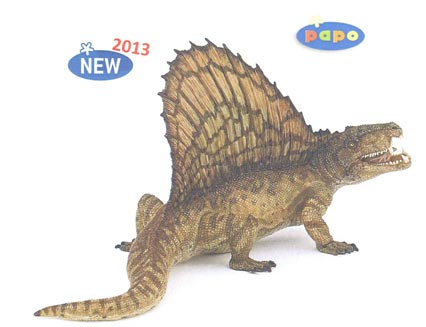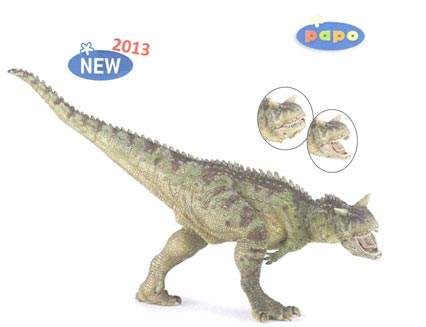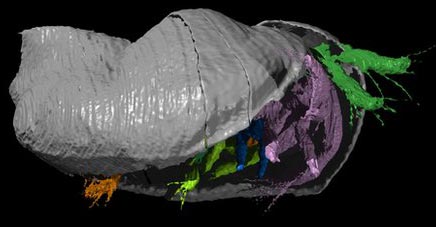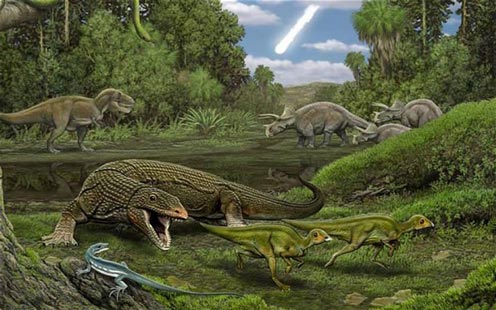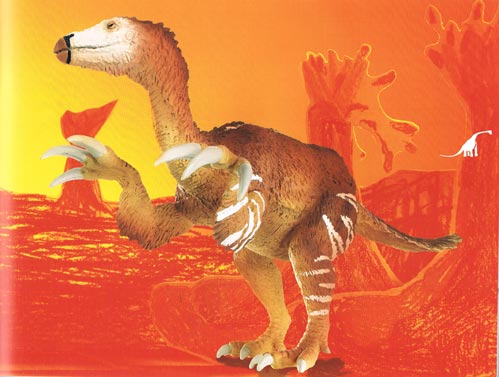Culling Estuarine Crocodiles may Not Reduce Crocodile Attacks
Calls for a cull of the Saltwater crocodile population in the Northern Territories (Australia) are growing after two fatal attacks on children within the last month. Such a cull could prove to be counter productive and ironically, lead to an increase in crocodile attacks on people. Biologists are aware that large crocodiles set up territories and are very aggressive towards others of their own species, a cull of big Saltwater crocodiles could result in one of the natural controls of species numbers in the wild, predation by other crocodiles, being removed. This in turn, could lead to a population increase as more of the reptiles reach breeding age, thus increasing the likelihood of crocodile attacks.
Saltwater Crocodile
Two children were killed in separate incidents over the last four weeks. In the first, a seven year old girl was eaten by a Saltwater crocodile at Gumarrirnbang outstation. In the second attack, which took place at Port Bradshaw in East Arnham Land, a nine year old boy was grabbed and dragged under the water. The crocodile was attacked by spear fishermen, but they could not force the crocodile to let go of the child and the four-metre specimen disappeared into deeper water taking its victim with it. It is believed that some locals had been in the habit of feeding a large crocodile, behaviour that police authorities condemned. Such instances are indeed a tragedy and there have been a number of vociferous calls for a cull of these large predators.
Fatal attacks remain rare in Australia, Saltwater crocodiles are responsible for a virtually all of the attacks, although it is a mistake to think that the smaller Australian crocodile (Crocodylus johnsoni) is not aggressive, this species has been known to attack swimmers too, especially in the crocodile’s breeding season when the males in particular are extremely aggressive.
Superb Ambush Predators
Crocodiles are superb ambush predators, a five metre long Saltwater crocodile can remain underwater for more than forty minutes. It can detect movement in the water around it and it feeds by grabbing animals that come down to the water to drink. The jaws are extremely powerful and can “snap” down onto potential prey with many times the bite force of a mammal apex predator such as a lion. Once caught in the jaws, the crocodile’s instinct is to drag the victim underwater where they will drown.
In many cases, crocodiles do not eat their victims straight away but store the unfortunate prey underwater. Such behaviour may lead to a crocodile making several attacks, even when it has enough food to sustain it for a considerable time already stored away in its various larders.
As Estuarine crocodiles (the other name for “Salties”) have been protected in Australia for nearly fifty years, their numbers once decimated by over hunting, have recovered rapidly. Crocodiles are now encroaching into areas of human population, animals are frequently caught by rangers and removed from areas such as Darwin harbour as a precaution to prevent the threat of crocodile attacks. Netting and traps are also employed but large crocodiles can learn to avoid such hazards and unlike sharks, they can always get out of the water and walk on land to find a suitable river, creek or billabong to inhabit.
Marine Crocodiles?
Saltwater crocodiles are not just restricted to inland areas, as their name suggests they are very comfortable in the sea and they are quite happy to swim long distances. This ability to survive a long time at sea, not only helps them to “hop” around the coast from bay to bay but it has permitted the Saltwater crocodile to thrive over a huge area of eastern hemisphere. This species of crocodile has the largest territory of any crocodile, from Sri Lanka, through to the Philippines as well as the northern coast of Australia.
Lobbying for the Return of Hunting
Lobbyists who are pro-hunting point out that trophy hunters would pay top dollar for a chance to bag one of the largest predators on Earth, certainly the largest reptile on the planet, a creature that would not look out of place amongst the dinosaurs. After all, the crocodilians have been around for a very long time, and the ancestors of today’s alligators, caimans, gharials and true crocodiles did indeed live alongside the dinosaurs.
The Differences Between a Crocodile and an Alligator
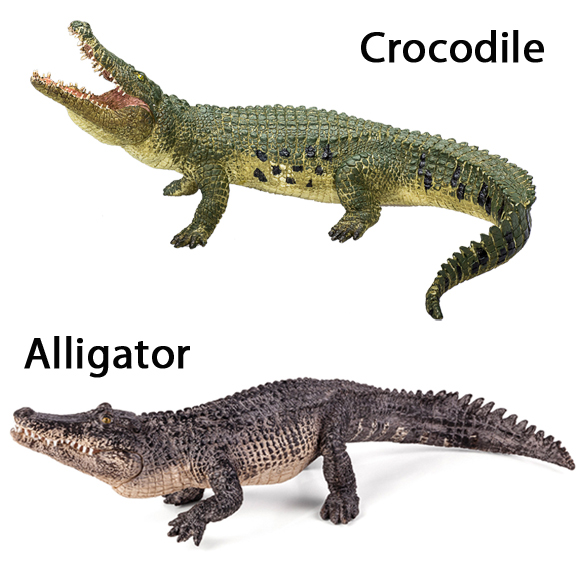
Crocodile (top) and Alligator (bottom).
The crocodiles themselves are tourist attractions with a number of companies operating river cruises where brave tourists can get up close and even feed one of the most dangerous animals to be found anywhere in the world today.
With news of fatal crocodile attacks and more frequent incidents when crocodiles encroach onto areas of population, it can be argued that Australia receives adverse publicity. However, the tourist industry, a vital source of revenue for the Northern Territories remains vibrant with a large number of visitors attracted to this part of the country, specifically because of the chance to see crocodiles and other exotic wildlife.
To read an article from the autumn of 2012 about protestors beheading a crocodile: Crocodile is Beheaded.
A cull of crocodiles could result in an increase in crocodile attacks. Crocodiles are capable of cannibalism and large crocs do attack and eat smaller members of their own species. If a number of top predators are shot, then a natural check on the population of smaller crocodiles would be removed. This could result in more crocodiles growing up and therefore an increase in total crocodile numbers.
A Caiman Cull in Venezuela
The Venezuelan Government introduced a cull to reduce the number of large, male caimans in their country’s river system. A cull was carried out on large males in some populations, whilst other populations were left alone.
When scientists compared the numbers of caiman from the culled areas and the populations where no controls had been put in place, they discovered that the overall numbers and biomass of these reptiles had actually increased where the cull had taken place. After the large bull caimans were removed from the ecosystem, sub-adult males grew more rapidly and reached maturity quicker and in greater numbers. These animals subsequently bred leading to a net increase in the population. In areas where no cull had occurred the caiman population remained static.
It seems a cull, even a relatively minor one where trophy hunters could kill up to fifty individuals a year may not be the answer. Already in place are a number of education programmes advising locals and tourists of the danger of crocodile attacks and what steps can be taken to reduce the threat of a potential crocodile encounter. Since these apex predators of Australia received protection back in 1971, their numbers have risen from an estimated less than 4,000 individuals left after widespread hunting, to something like 90,000 crocodiles today.
The debate over how best we can live alongside these dangerous animals is set to continue. More attacks will occur and there will be fatalities. It seems that there is no easy answer as to how humans and “Salties” can share the same environment.
Everything Dinosaur stocks a wide range of prehistoric animal models and figures including ancient crocodilians and other archosaurs: Prehistoric Animal Figures and Models.


